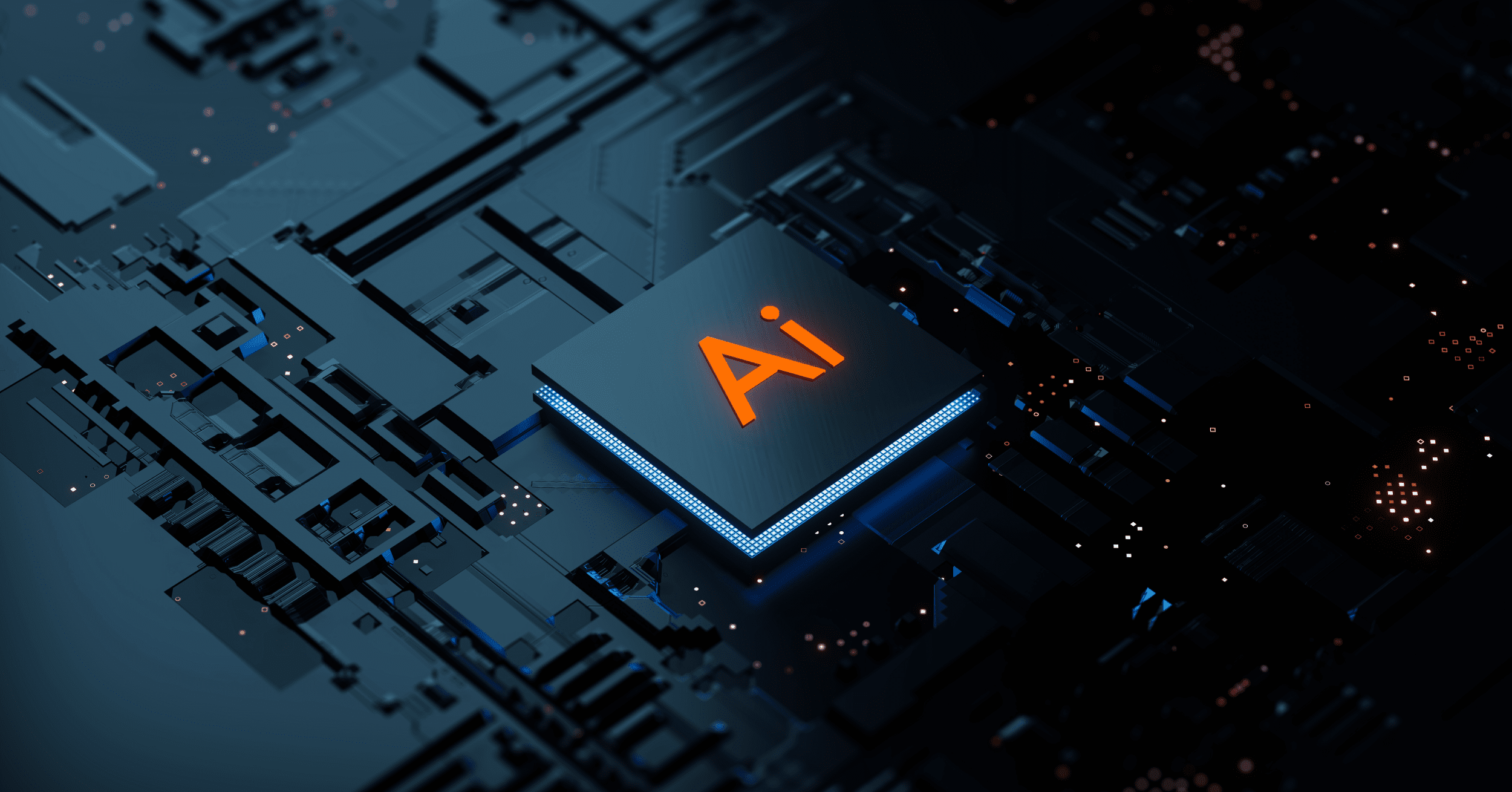
AI Evolution In All Of Its Sizes
Artificial intelligence, or AI, is a term that gets thrown around a lot, but what actually is it? Strictly speaking, AI is the simulation of human intelligence functions by machines, particularly computer systems. Expert systems, natural language processing, speech recognition, and machine vision are some examples of specific AI applications that have entered the market in recent years. We see examples of AI everywhere in our day-to-day lives, from the virtual assistant helping us change phone contracts, to asking Alexa to add bananas to our shopping list. Let’s explore the types of artificial intelligence (including AI sizes) and the current environment in which AI will grow over the coming years.
Does AI size matter?
There are two distinct ‘sizes’ of AI: big and small. Big AI is ‘big’ in the sense that it plays a part in the expansive vision of artificial intelligence and how it can play a part in our society. Examples of this can be driverless cars, or computers being able to execute tedious routine tasks for governments, helping time and resources be used more efficiently. Small AI, however, helps people with decision-making, rather than making decisions for people. For example, Deloitte’s research found that the use of AI-based tools helped managers prioritise through project data and projection. This shows how AI can support decision-making, rather than just directly implementing change.
Depending on what outcome you’re trying to achieve, you’re going to adopt the right ‘size’ AI. So to answer the question- does AI size matter? In all honesty – yes. Asking Alexa to drive your car for you could end up with a Carrie Underwood song starting to play. #JesusTakeTheWheel.
Look how far we have come!
Speaking of Siri, the infamous voice assistant (voiced by Susan Bennet) that first launched in October 2011 shows you just how far we’ve come with AI. Integrated into Apple’s iPhone 4S, the voice assistant started the trend of having multifunctional, interactive technology in our phones that, at the time, we had never experienced before. The growth of AI and its accessibility has come a very long way in the last decade. Within the last few years, we have witnessed the integration of virtual assistance into our cars and even our fridges!
One of the most recent developments for AI has been the exponential growth of ChatGPT and how it’s able to give immediate responses to users when being asked questions. Users can pose questions to the bot with sets of requirements and restrictions, receiving an answer to almost perfection. By optimizing language models, the chatbot can remember previous conversations and learn the behaviours of the end user. The clear human-like text takes a step that the likes of Siri and Alexa have only touched the surface of. ChatGPT has been making waves in the world of AI and beyond, and Google has followed suit by ramping up its use of AI, with a rival feature due for launch any day now.
What can we expect from the future?
Overall, the movement we have seen in the AI space over the last 15 years has been astronomical – so it’s difficult to determine what is to come. Looking forward positively, the use of chatbots could be adopted in many different ways to help people and governments. Heading into 2023, the pressures faced by businesses and the public are only going to become more strenuous, so AI could help here. We have already seen the adoption of AI in the medical field, assisting professionals with automation and data analysis. It will be interesting to see how chatbots will be adopted to relieve pressures on the NHS, both for patients and doctors. However, in an industry as important as medicine, it’s crucial to adopt technologies that can assist in any pressures it can face without it becoming a dependency.
But these are just examples from one industry, AI could become a game-changer in all fields and walks of life. While its potential to improve the world is great, there are many who have concerns over big AI’s potential to replace functions and jobs traditionally done by people.
By 2030, about 70 per cent of companies will have adopted some sort of AI technology, which means there may even be conversations between cars, assistants, and chatbots – and there may no longer be any need for us!
If you’re excited (or worried) about AI’s growth potential over the coming years and its impact on businesses and society, be sure to register for our upcoming webinar!
Latest event
The European Union Artificial Intelligence Act
Artificial Intelligence (AI) - the simulation of human intelligence processes by machines - is having a growing impact on our lives. While the technology has the potential for good, fears have been raised that it presents significant risks to people’s rights and well-being. The European Union (EU) is set to create the world's first broad standards for regulating or banning certain uses of AI. The AI Act will establish a framework for assessing the relative risk of different kinds of AI systems. The European Parliament is expected to vote on the draft by the end of March 2023, with a view to adopting the Act by the end of 2023. The Act will extend to providers and users outside the EU where the output is used in the region. In this webinar AI experts will examine the potential impact of the Act on consumers, businesses and technology vendors. Featuring Matt Kusner, Associate Professor in Machine Learning, University College London and Jane Finlayson-Brown, Partner, Allen & Overy.
Register here
Written by Maddi Keye
Consultant





